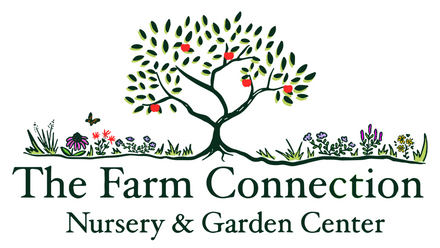Hornbeam, American (Musclewood), Bare Root
Shade-Loving Tree with Wildlife & Structural Value
Hornbeam, American (Musclewood), Bare Root - Bare Root / 6-18" Seedling is backordered and will ship as soon as it is back in stock.
Couldn't load pickup availability
Delivery and Shipping
Delivery and Shipping
Make sure to thoroughly review our entire "Shipping, Returns, Refunds, and Our Guarantee" page for all relevant details about ordering from our store.
Making a purchase from our store constitutes an agreement to all the conditions outlined in those policies.
We appreciate your support and look forward to being your favorite plant provider!
Subscribe to our newsletter
Sign up for exclusive offers.
American Hornbeam (Carpinus caroliniana)
Also known as “Musclewood” for its smooth, sinewy bark, American Hornbeam is a graceful native understory tree that offers shade, fall color, and critical insect support. Its compact size and elegant branching make it ideal for woodland gardens, streambanks, or as a native replacement for exotic ornamentals.
Key Characteristics
- Exceptional wildlife and insect value – Larval host for over 60 moth species and many native bees, plus shelter and nesting habitat for birds.
- Elegant bark and structure – Named for its rippled blue-gray bark that resembles muscle tissue — striking year-round.
- Brilliant fall foliage – Leaves turn orange, red, and yellow, brightening shady corners in autumn.
- Thrives in shade and wet soils – Perfect for stream edges, low-lying areas, and woodland gardens.
- Native alternative to exotic ornamentals – Use in place of non-native maples or cherry trees for ecological integrity and beauty.
Product Details
- Native Range: Eastern U.S. and Canada
- Plant Life Cycle: Deciduous tree
- Sun Requirements: Part shade to full shade
- Soil Requirements: Medium to wet
- Mature Height: 20–30 ft
- Bloom Time: April–May
- Bloom Color: Green (inconspicuous)
- USDA Hardiness Zones: 3–9
Musclewood is a beautiful, quiet presence in any native garden — strong, subtle, and full of life.
-
Sun RequirementsFull Sun, Part Sun/Shade
-
Soil RequirementsMedium, Medium-Wet
-
Bloom ColorGreen
-
Bloom TimeApril, May
-
USDA Hardiness ZonesZone 3, Zone 4, Zone 5, Zone 6, Zone 7, Zone 8, Zone 9+
-
Native StatesMaine, Vermont, New Hampshire, New York, Pennsylvania, Ohio, Indiana, Illinois, Michigan, Wisconsin, Missouri, Kentucky, Tennessee, Virginia, North Carolina, South Carolina, Georgia, Alabama, Mississippi, Arkansas, Louisiana, Texas
Payment & Security
Payment methods
Your payment information is processed securely. We do not store credit card details nor have access to your credit card information.




